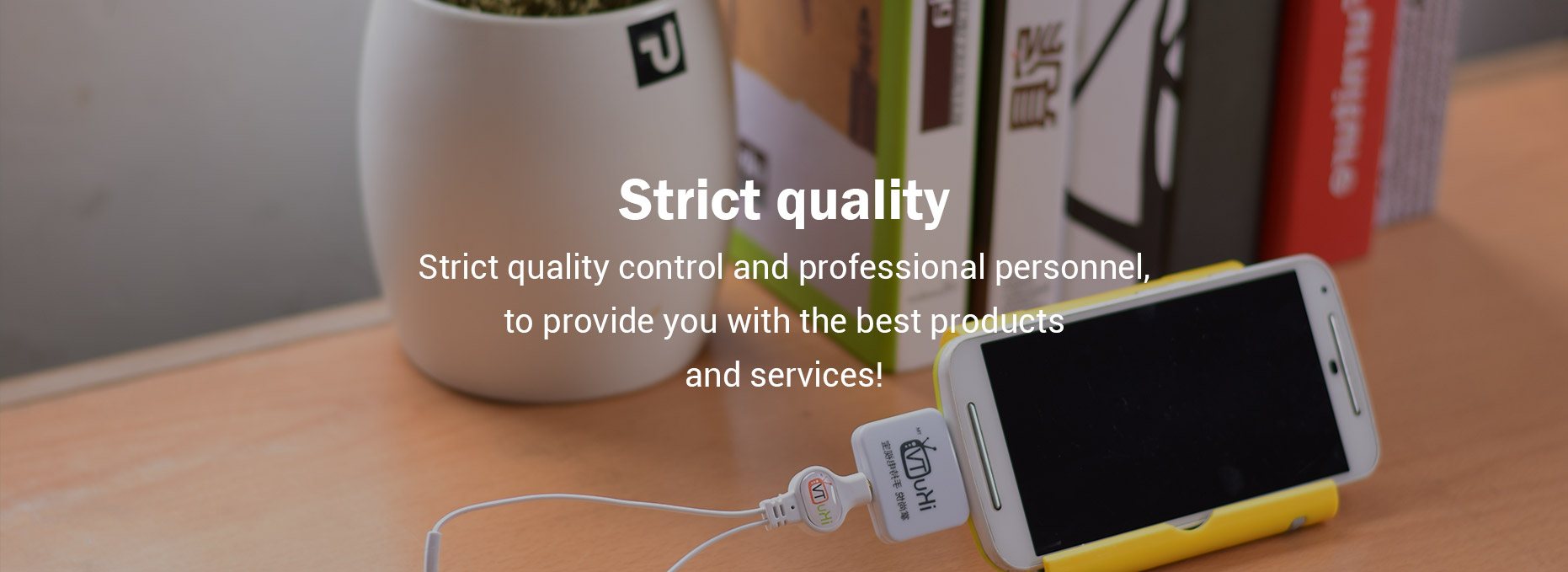Post-Consumer Plastic Supply Chain: 5 Strategies for Sustainability
Sustainability has become an imperative for businesses across various industries, especially as consumers grow more conscious of environmental impacts. One crucial element in this shift is the post-consumer plastic supply chain, which focuses on recycling and reusing plastics after their initial life cycle. This blog post outlines five effective strategies to promote sustainability within the post-consumer plastic supply chain, providing insight into their significance and application.
If you are looking for more details, kindly visit Post-Consumer Plastic SuPPly Chain.
Understanding Post-Consumer Plastic Supply Chain
The post-consumer plastic supply chain involves the processes and logistics associated with collecting, sorting, processing, and reintroducing plastic materials into new products after they have been used. These materials typically include household items like containers, packaging, and single-use plastics. The primary function of this supply chain is to minimize waste and reduce reliance on virgin plastic, which has significant environmental repercussions, including pollution and resource depletion.
Functionality and Characteristics
Products created from post-consumer plastics maintain many of the characteristics of virgin plastics, such as durability and flexibility. However, they also benefit from the added value of being environmentally friendly. Applications range from packaging and textiles to automotive parts and construction materials. Utilizing these materials in manufacturing not only lowers carbon footprints but also promotes a circular economy where resources are continuously reused.
Promoting Sustainability in the Post-Consumer Plastic Supply Chain
Enhancing Recycling Technologies
State-of-the-art recycling technologies are essential for effectively managing the post-consumer plastic supply chain. Investment in advanced sorting systems and chemical recycling methods can significantly improve the efficiency of plastic recovery. Enhanced recycling technologies can transform diverse types of plastic waste into high-quality raw materials suitable for new products, ensuring that less plastic ends up in landfills and oceans.Partnerships and Collaborations
Building strong partnerships among stakeholders—including manufacturers, distributors, recyclers, and consumers—can enhance the post-consumer plastic supply chain's effectiveness. By collaborating on initiatives that encourage recycling and reuse, industry players can work together to establish more robust systems for collecting and processing plastics, ultimately driving down costs and improving recovery rates.Consumer Education and Engagement
Educating consumers about the importance of recycling and how to properly dispose of plastics plays a pivotal role in the efficiency of the post-consumer plastic supply chain. Businesses can develop campaigns to raise awareness of recycling guidelines, promote responsible consumption habits, and reinforce the benefits of using products made from recycled materials. Engaged consumers are more likely to participate in recycling programs, thereby increasing the availability of post-consumer plastics for reuse.Implementing Take-Back Programs
Take-back programs provide an effective solution for encouraging responsible disposal of plastics while enhancing the post-consumer plastic supply chain. These programs allow consumers to return their used plastic products to designated locations for recycling or repurposing. By creating a seamless process for product disposal, companies can significantly increase the volume of post-consumer plastic entering the recycling stream, thus promoting sustainability.Developing Eco-Friendly Product Designs
Sustainable design is a crucial element in the post-consumer plastic supply chain. Companies should focus on creating products that use less plastic or are made entirely from recycled materials. Additionally, designing products for longevity and easy recyclability can positively impact how consumers perceive the brand and its commitment to sustainability. By integrating eco-friendliness into product design, manufacturers can foster a culture of sustainability while meeting consumer demand.
In conclusion, adapting and enhancing the post-consumer plastic supply chain is essential for achieving sustainability goals. By leveraging advanced technologies, fostering collaborations, engaging consumers, implementing take-back programs, and focusing on eco-friendly designs, businesses can transform plastic waste into valuable resources. This approach not only contributes to environmental preservation but also creates economic benefits for companies involved in the post-consumer plastic supply chain. Together, we can build a more sustainable future through conscious consumption and recycling practices.
For more how to recycle polypropyleneinformation, please contact us. We will provide professional answers.
None



Comments